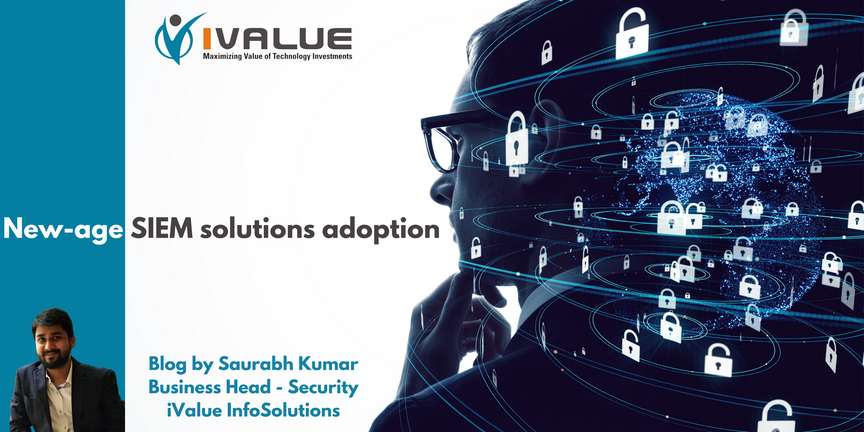Although SIEM (Security Information and Event Management) tools have been around since 2006, when Gartner coined the term, these legacy tools have been evolving rapidly in recent years. Legacy SIEM is complex and has data processing limitations. It fails to distinguish between genuine security events and atypical but benign ones, resulting in a flood of false-positive alerts in inboxes. Sorting through this useless information can eat into the IT Security team’s precious resources and time, leading to alert fatigue for the already limited analysts available.
According to IBM and the Ponemon Institute’s most recent Data Breach Report, the average time to detect a data breach was 212 days, and the average time to contain it was 75 days, for a total breach lifecycle of 287 days. More importantly, the longer a breach goes undetected, the greater the financial impact. The average cost of identifying and containing data breaches within 200 days was US$1.26 million less than the cost of the same process with lifecycles longer than 200 days.
Advantages of next-gen SIEM solutions
Organizations that continue to run legacy SIEM software are unable to match the frequency, volume, and sophistication of the modern-day cyberattacks that are driven by cloud migration and digital transformation. Unlike legacy tools, the Next-Gen SIEM solution provides context to distinguish between legitimate threats and false positives and, in many cases, helps to prevent false positives from entering the inbox.
Modern SIEM solutions, in addition to providing clarity, leverage behavior analytics and real-time visualization tools and can integrate into users’ workflows and decision-making processes. Security analysts can detect, investigate, and respond to threats much more quickly, both on-premises and in the cloud, allowing them to focus more on overall threat management.
Integrating capabilities with relevant systems and tools
For integrated security, the SIEM solution should be able to integrate with multiple platforms, such as SaaS and others. It should be equipped with advanced analytics, threat intelligence, and incident response capabilities to help security analysts investigate incidents more quickly. Security Orchestration, Automation, and Response (SOAR) solutions can be integrated to create a more responsive program by layering them on top of the SIEM. The SIEM tool should be capable of collecting logs from various sources, storing, analyzing, and managing them as needed by the Security Operations Center (SOC) team.
Enables organizations to maintain regulatory compliance
SIEM solutions are critical for ensuring regulatory compliance at organizations, which is the need of the hour. They assist in the monitoring of relevant security policies and the implementation of appropriate controls to secure sensitive information and IT assets across complex IT infrastructures and networks. The evolving SIEM solutions will equip businesses to keep up with the changing compliance requirements. It will provide an integrated approach to compliance with real-time monitoring, ensuring log data is stored for investigation purposes and enabling documentation of the measures taken to remain compliant.
Organizational readiness through people and processes
Implementing new-age SIEM also comes with several challenges and opportunities for the security teams. Appropriate in-house training for the new SIEM tool should be provided to relevant team members. Processes for alerting, managing incidents, and responding, in addition to analysis, must be streamlined across the ecosystem, which includes vendors and SOC teams.
The format for recording, reporting, and continuous monitoring should be automated. The tool should be able to generate all necessary reports, including network traffic, distribution, and usage of the service. SIEM tools should be easy to deploy with optimal utilization of resources.
New-age SIEM solutions unquestionably add value to SOC teams. Together with Extended Detection and Response (XDR) tools, they will be a formidable force in combating cyber threats in the future.

